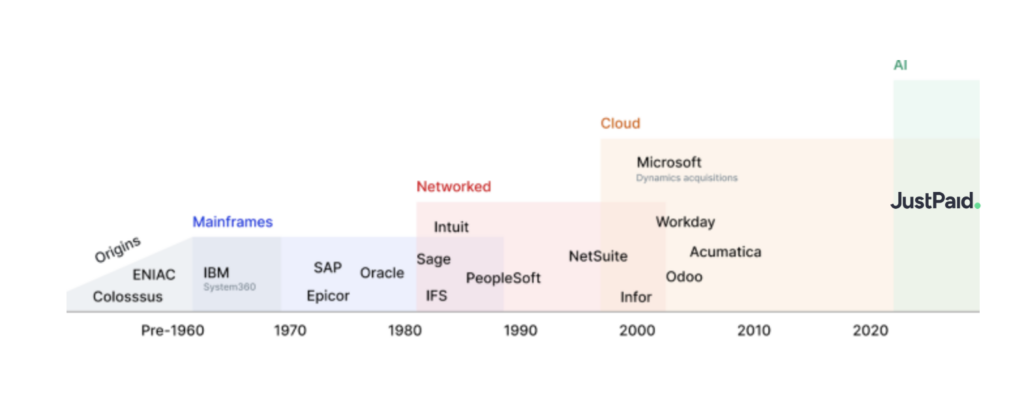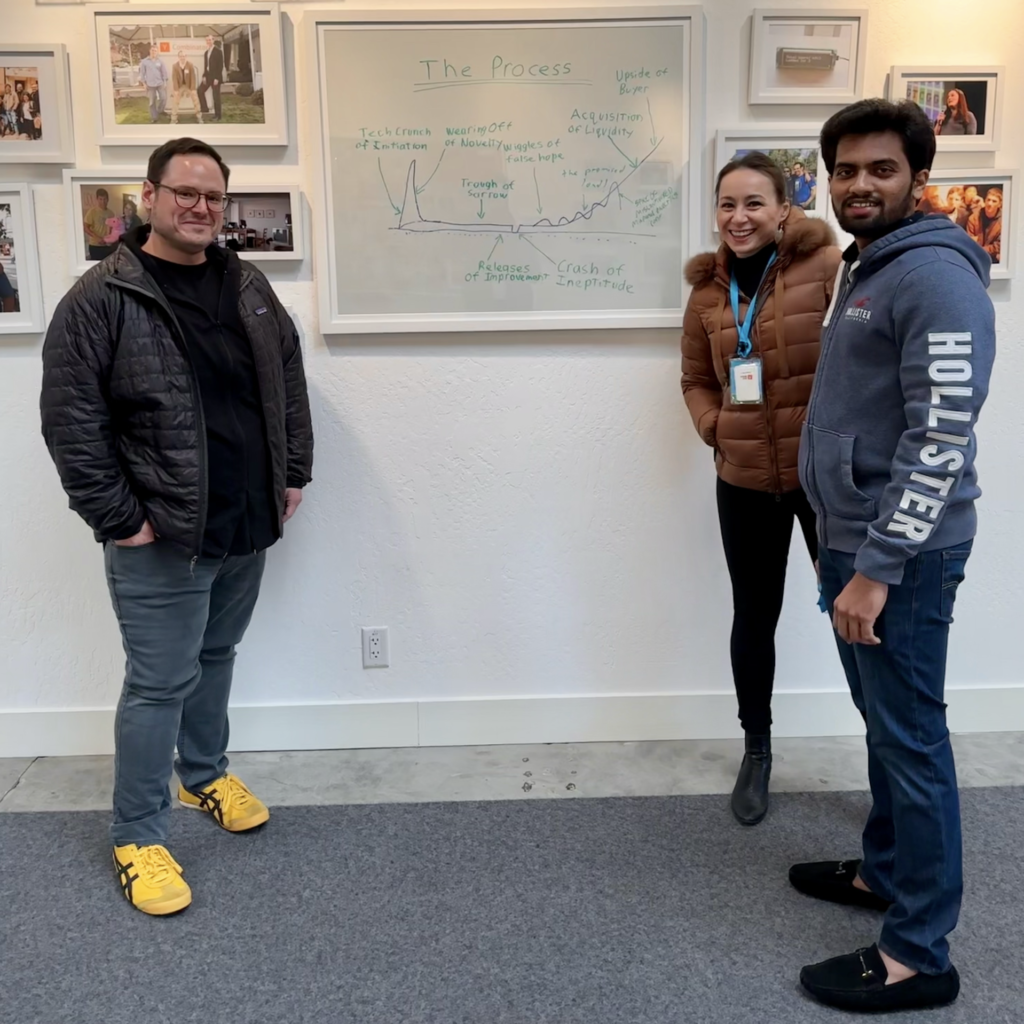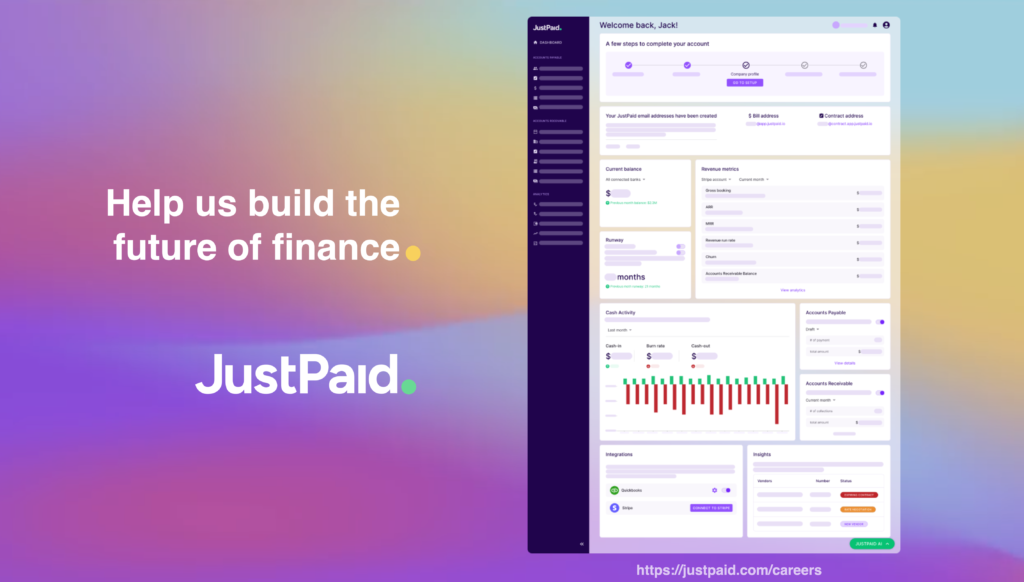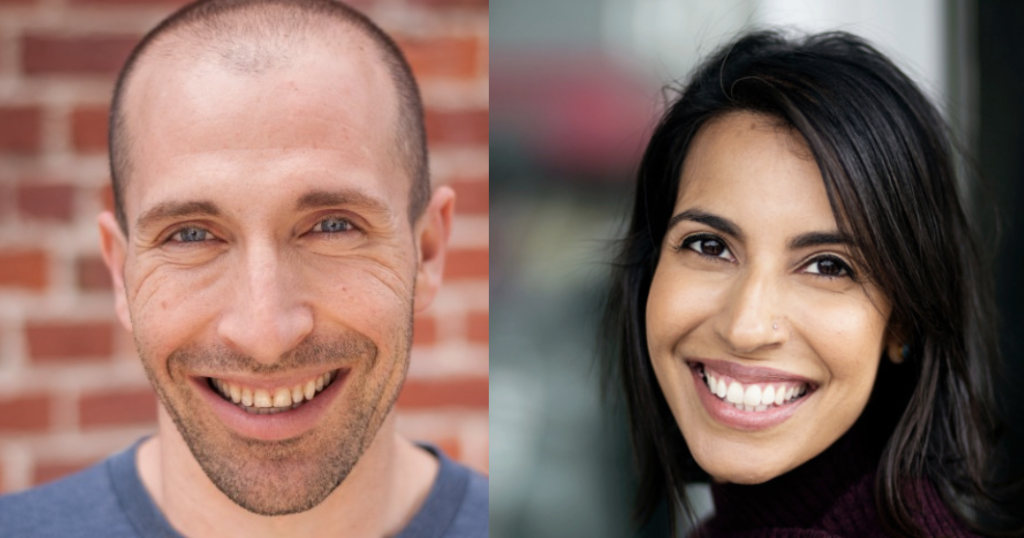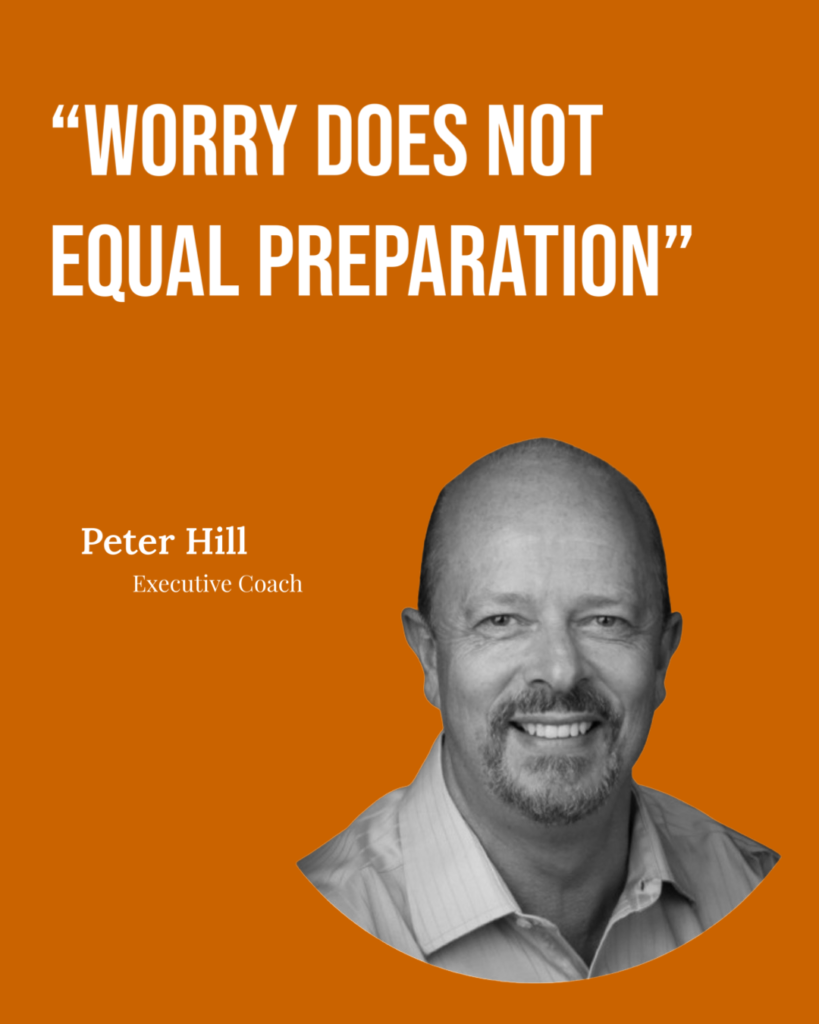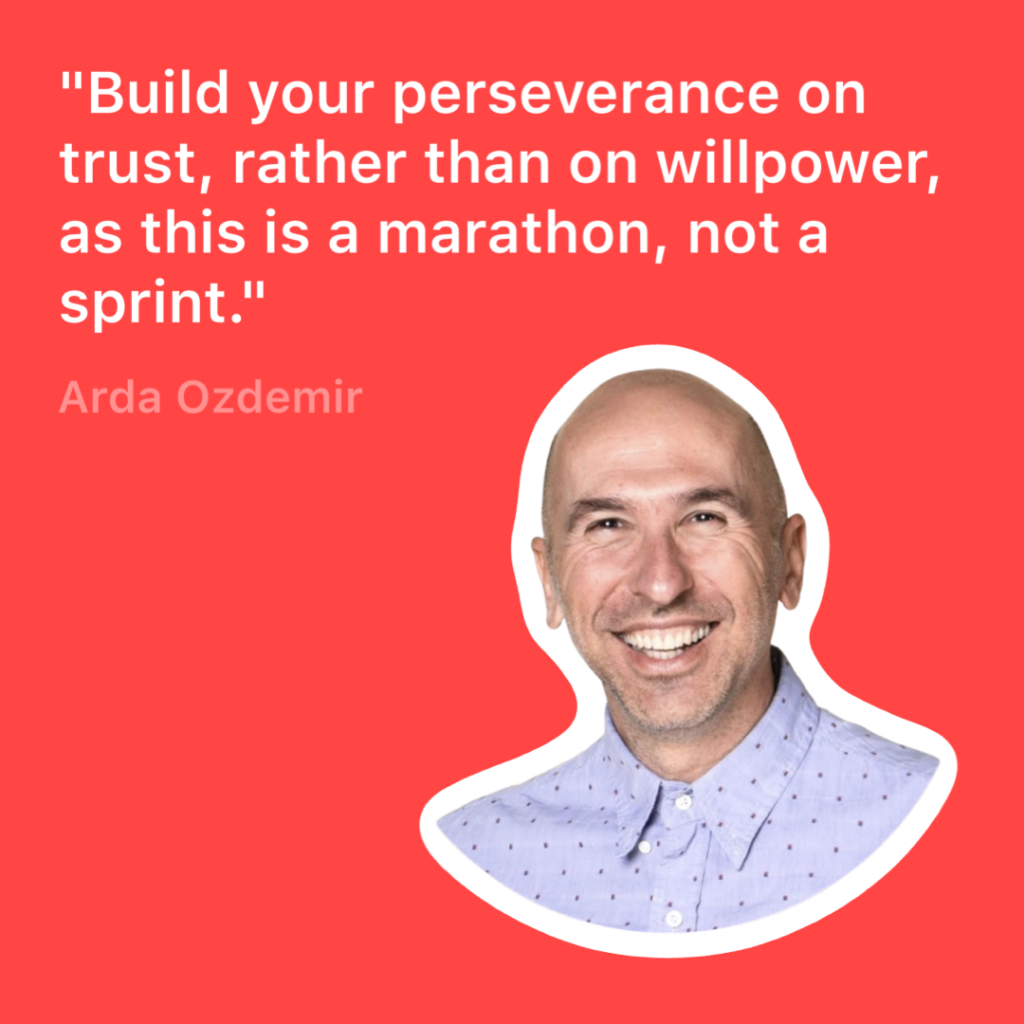By Daniel Kivatinos
School teaches you how to think in a structured way. It shows employers that you can commit to something long-term, follow through on tasks (complex or not), and be hireable. But the real lessons that shaped my life? Those came outside the classroom.
High school was rigid—limited in choice and heavily structured. Still, I managed to find some freedom through an art program. There, I explored fonts, learned about famous designers, and gained the foundational skills that would later help me think like an industrial designer. Beyond the academics, the social aspect of high school was one of the biggest takeaways: I made friends, I learned to navigate people.
After that, I attended Nassau Community College, where I continued my path in the arts. I took a lot of art classes, exploring what it might look like to build a career as an artist. Getting an associate’s degree bought me time—time to figure out what I wanted to do with my life without the immediate pressure of declaring a major. I also experimented with a wide range of courses—microbiology, history, film, art—all of which broadened my view of the world.
Music was always a passion of mine. I never studied it formally, but I played in bands and even went on tour briefly. I loved it, but I was wary of pursuing it full-time. It was a competitive path, and the landscape was changing fast with things like Napster disrupting the industry.
Eventually, I transferred to Stony Brook University, which was a pivotal moment in my life. It was there that I dove deep into areas I’d never explored before—like the detailed history of China. I took on two majors: psychology and computer science. That combination gave me a unique perspective—one from the human side, studying things like the DSM and behavioral patterns, and one from the technical side, understanding computer theory, RAM, servers, networks, and languages like Java and Modula-3.
But the most valuable thing Stony Brook gave me wasn’t found in the curriculum. It was the social structure—learning how to build friendships, form study groups, and collaborate on hard problems. Chemistry, algorithms, computer science—none of these subjects would’ve made sense to me without peers to decode them with. We taught each other what lectures couldn’t. That’s how I really learned.
I spent time in the Math Learning Center. I got tutoring for physics and chemistry. I took advantage of every resource I could find. And in the process, I found my first co-founder—someone I met in the dorms who was a phenomenal programmer. Together, we built the world’s first iPad-native medical records system: DrChrono. That product would go on to impact millions of patients and providers. It all started because of a chance meeting in college.
Many of my friends from those years went on to do amazing things—running school networks, becoming programmers, entering medicine. Staying in touch with them has been its own form of lifelong education.
What school didn’t teach me was how to rigorously solve unstructured problems. That came from life. I had to figure out, on my own, how to find the right people and resources to help me get unstuck. That experience—of finding answers outside of the classroom—is what prepared me for startups.
I learned how to build teams, how to lean into people’s strengths. But one thing no school could have taught me is grit. You either have it or you don’t. The ability to work on a problem for years, even when it’s hard—that’s something you cultivate through experience.
School also didn’t teach me how important culture is in life and startups. You want to surround yourself with optimistic, smart, supportive people. Negativity is toxic. In Silicon Valley, one of the superpowers is this intense belief that you can build something amazing—and people will rally around you to make it happen. That kind of cultural momentum gave us things like Instagram, Uber, DoorDash, and YouTube.
I do wish college had done more to help me figure out what to specialize in. I picked psychology and computer science somewhat organically, but I had no real exposure to business, finance, startups, or venture capital. After graduation, it was all trial by fire. No one told me how to run a company, how to manage a cap table, or how to incentivize a team. I had to learn it all— accounting, taxes, fundraising and so much more—on the fly.
Another thing school never taught me: how to trust my intuition. Whether you’re making art, writing music, or launching a company, you have to learn to listen to your inner compass. That’s how you build a life you actually want to live.
I don’t chase money. I try to build things that matter. Life evolves. Every decade brings a new challenge: startups, friends, change, marriage, family, joy. School didn’t prepare me for those pivots, but it gave me the foundation to keep learning.
I’ve adopted a mindset of Kaizen—continuous, incremental improvement. I talk about it often. Whether it’s learning an instrument, learning a new skill or something, nothing happens overnight. You build skill over time. The same goes for business, leadership, and even relationships.
Once I started my first company, I had to pick up practical skills fast: accounting, taxes, raising capital, managing investors, helping customers. And I learned to never stagnate. You’re either growing like running water or going stale like a still pond.
A few tricks I picked up along the way:
- Go on long walks with friends and founders—ideas come out of movement. It gets people out of their reptilian brain
- Keep workout gear nearby for stress relief.
- Make time for family—it keeps you grounded.
- Prioritize your health.
Warren Buffett once said: imagine if you were given one car for life—you’d treat it with the utmost care. Your body and mind are that car. You only get one. Maintain it.
These are just a few lessons I’ve learned—some in school, most outside of it. The system isn’t perfect, but if you stay open, curious, and persistent, life becomes the best teacher you’ll ever have.

